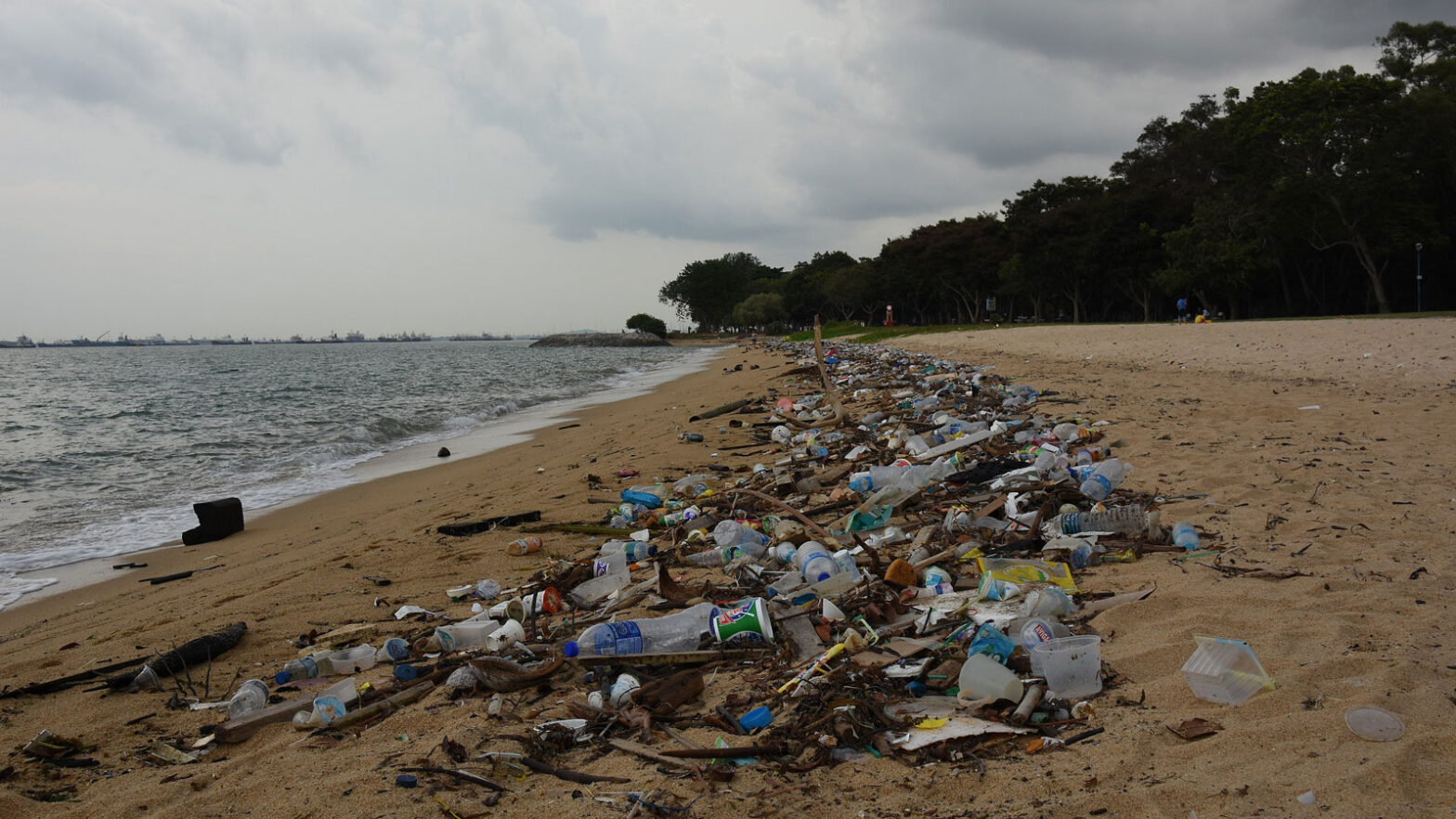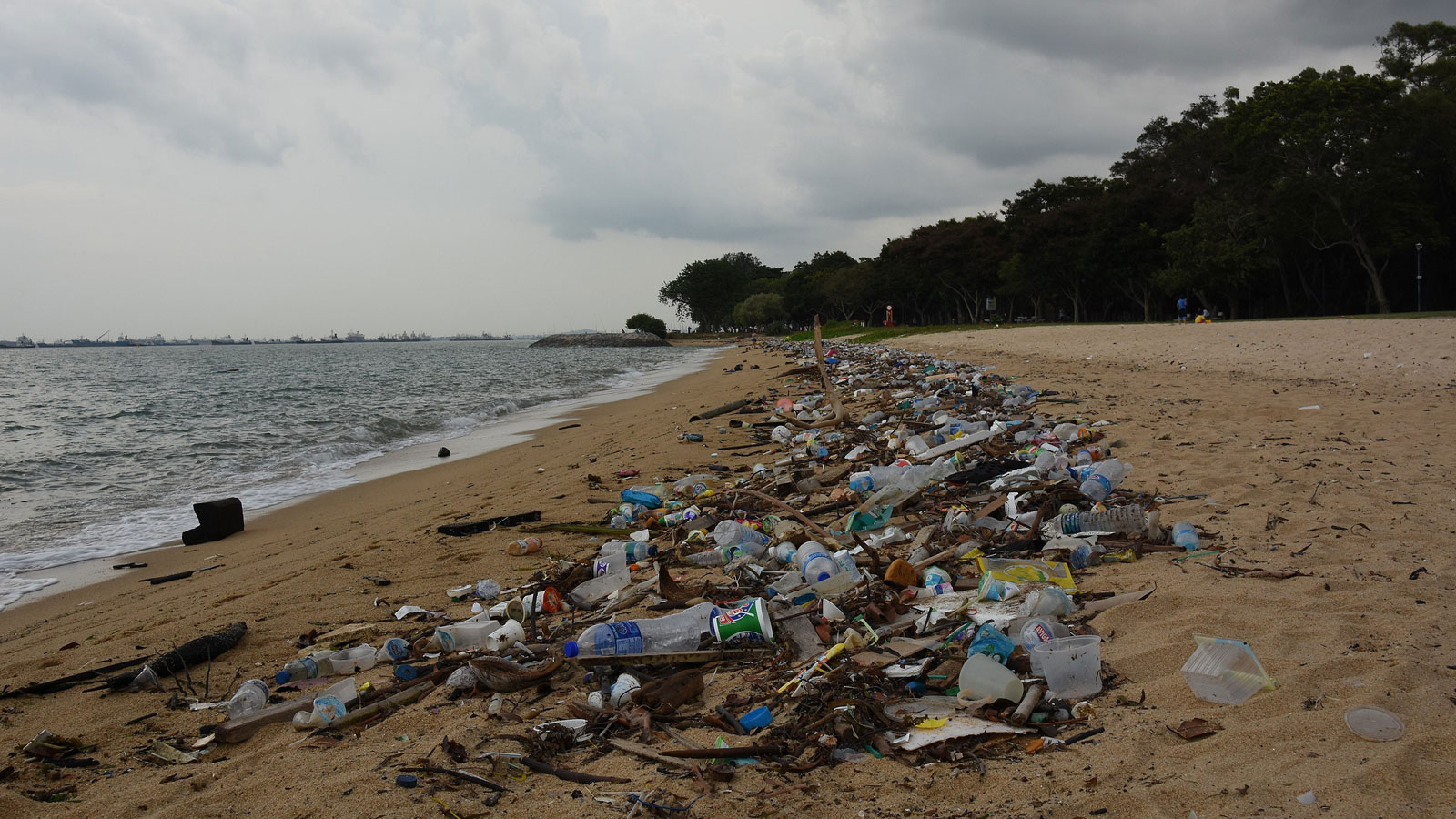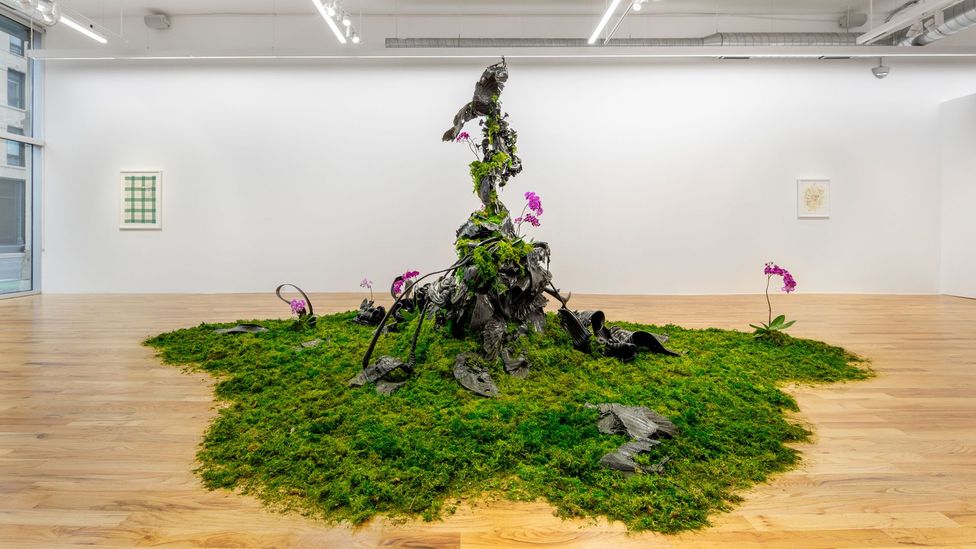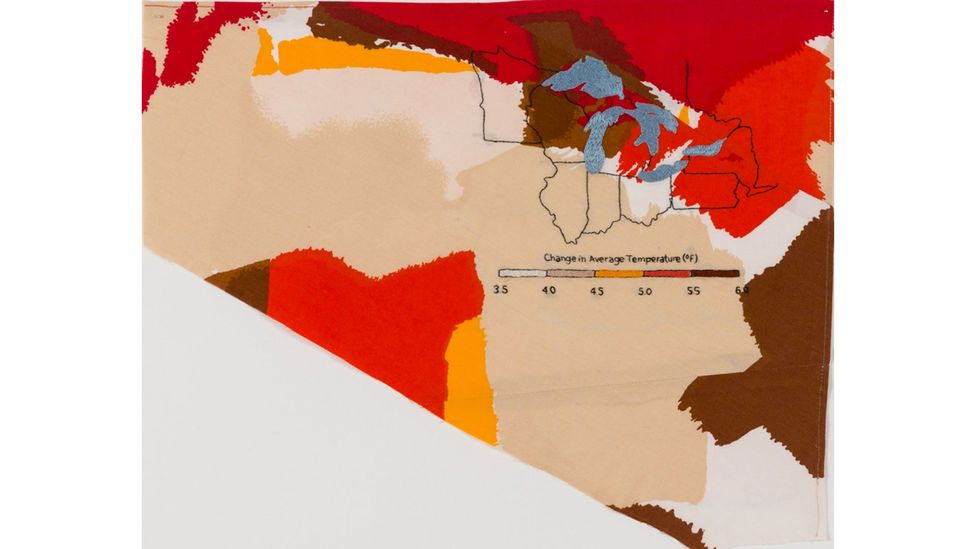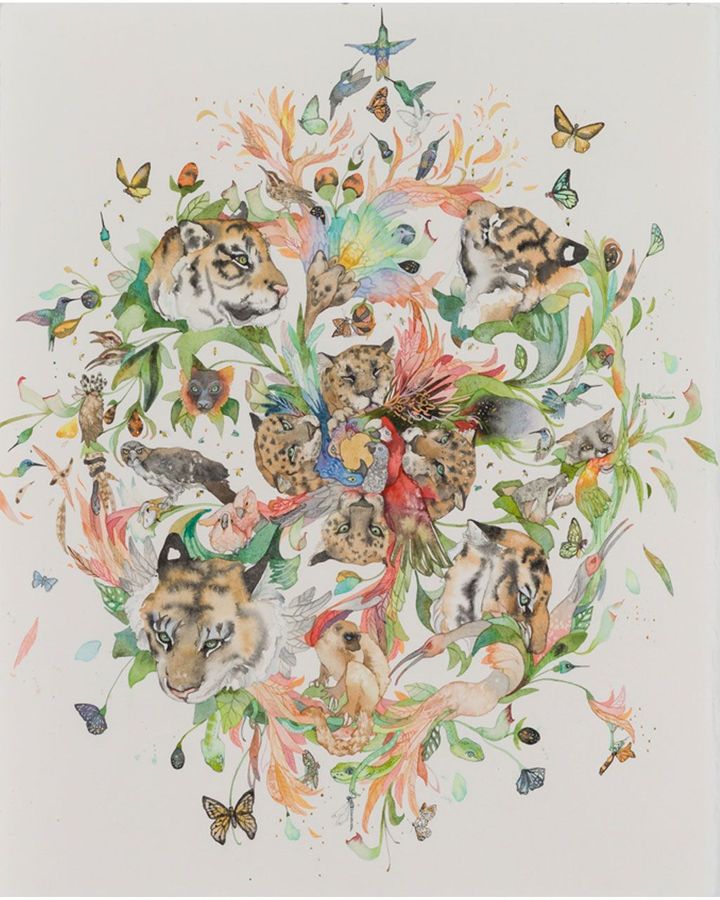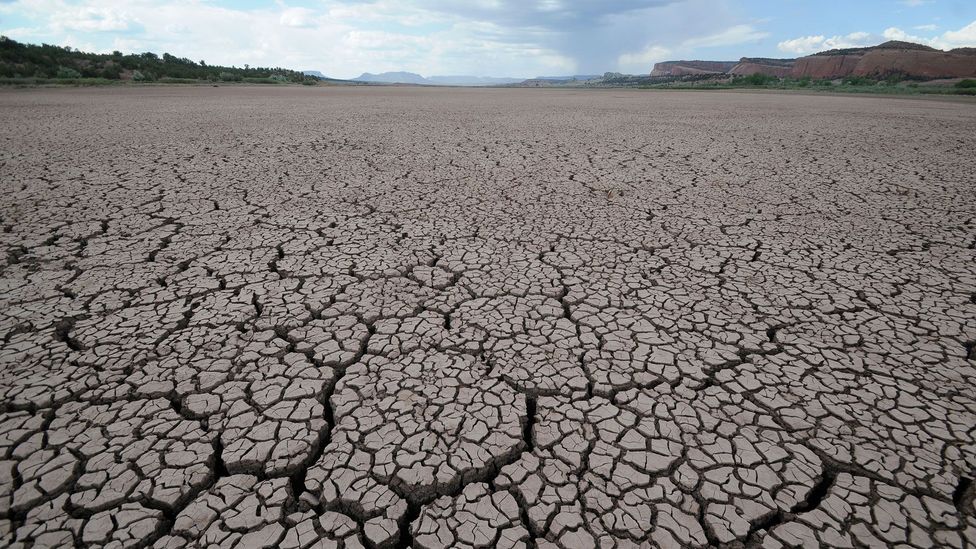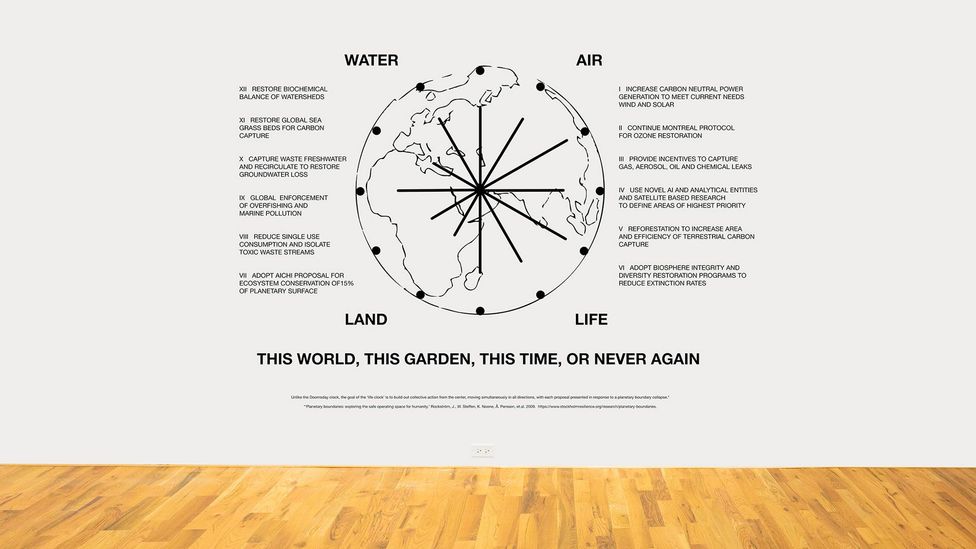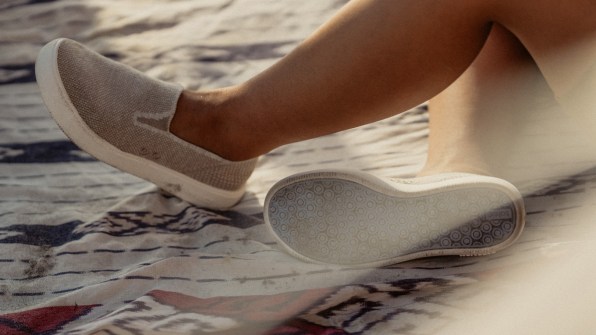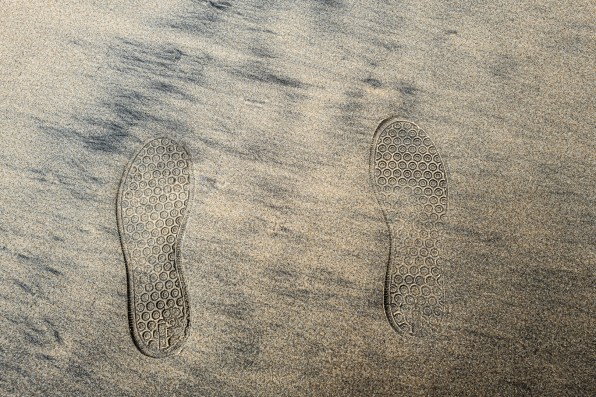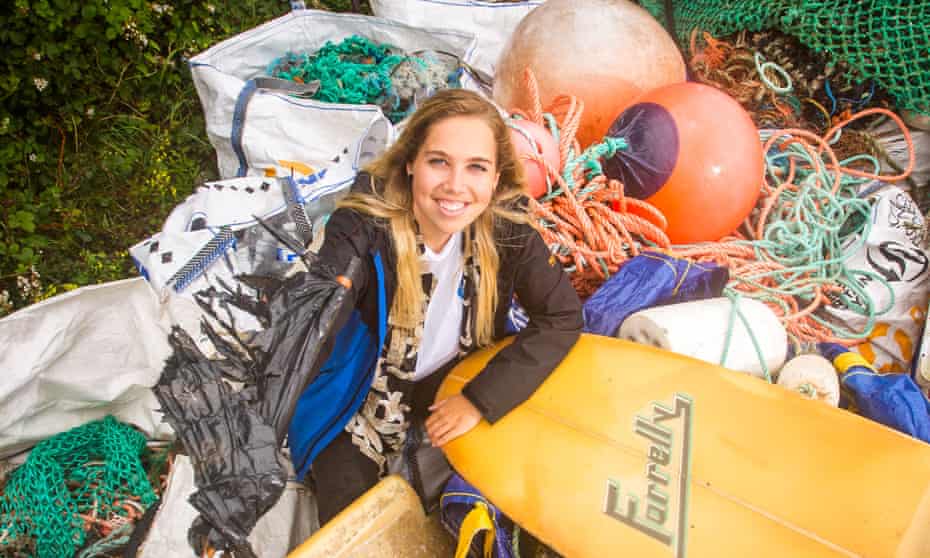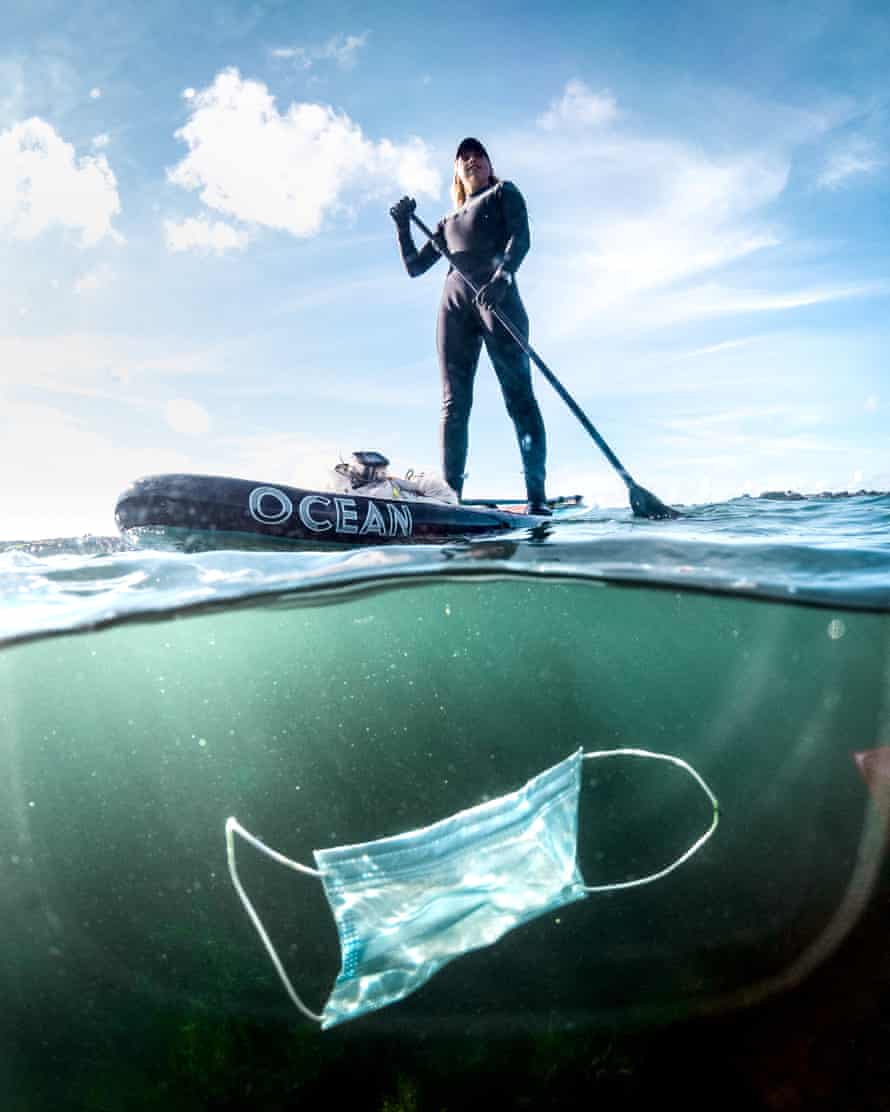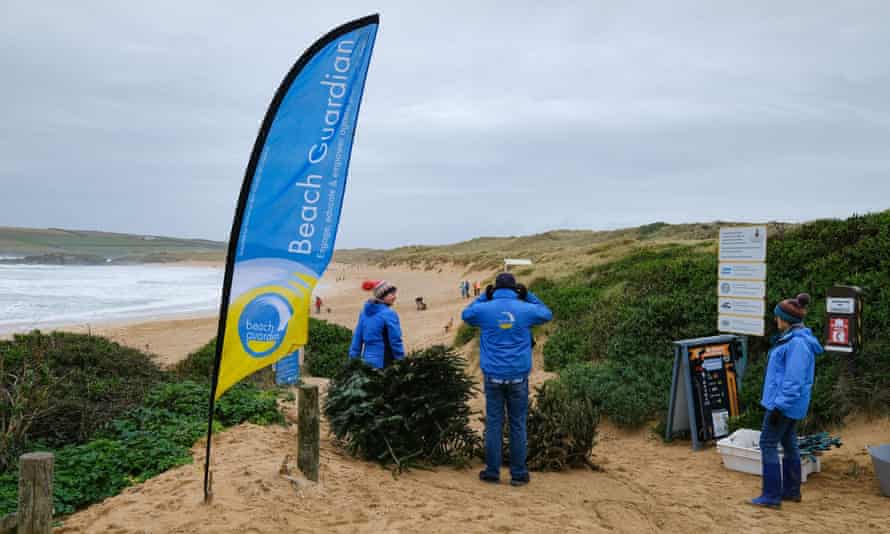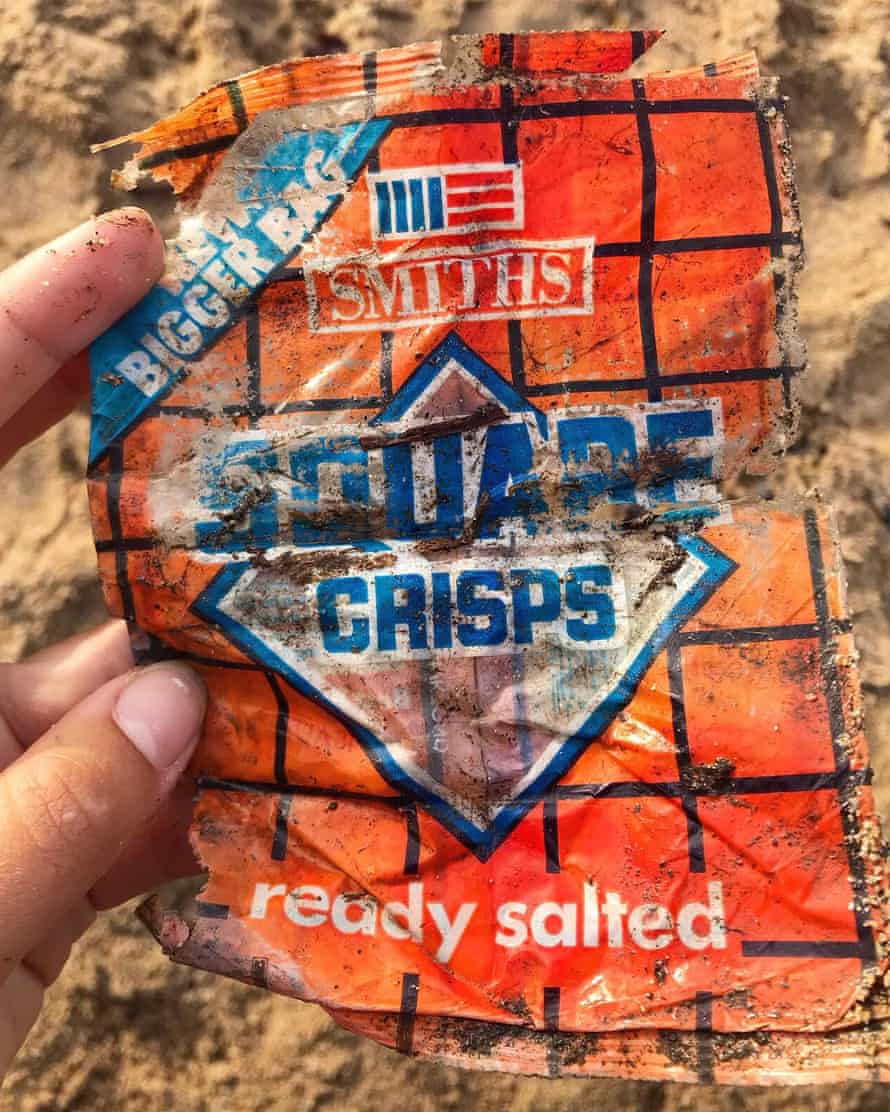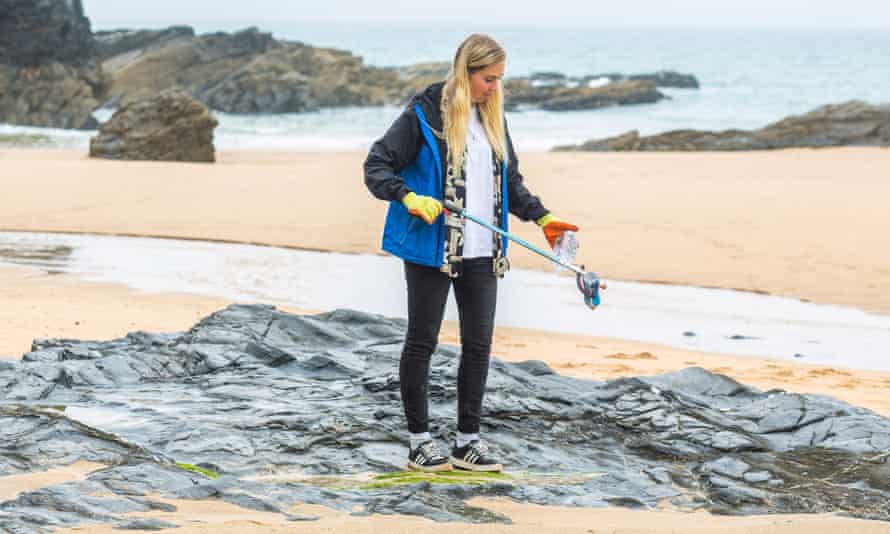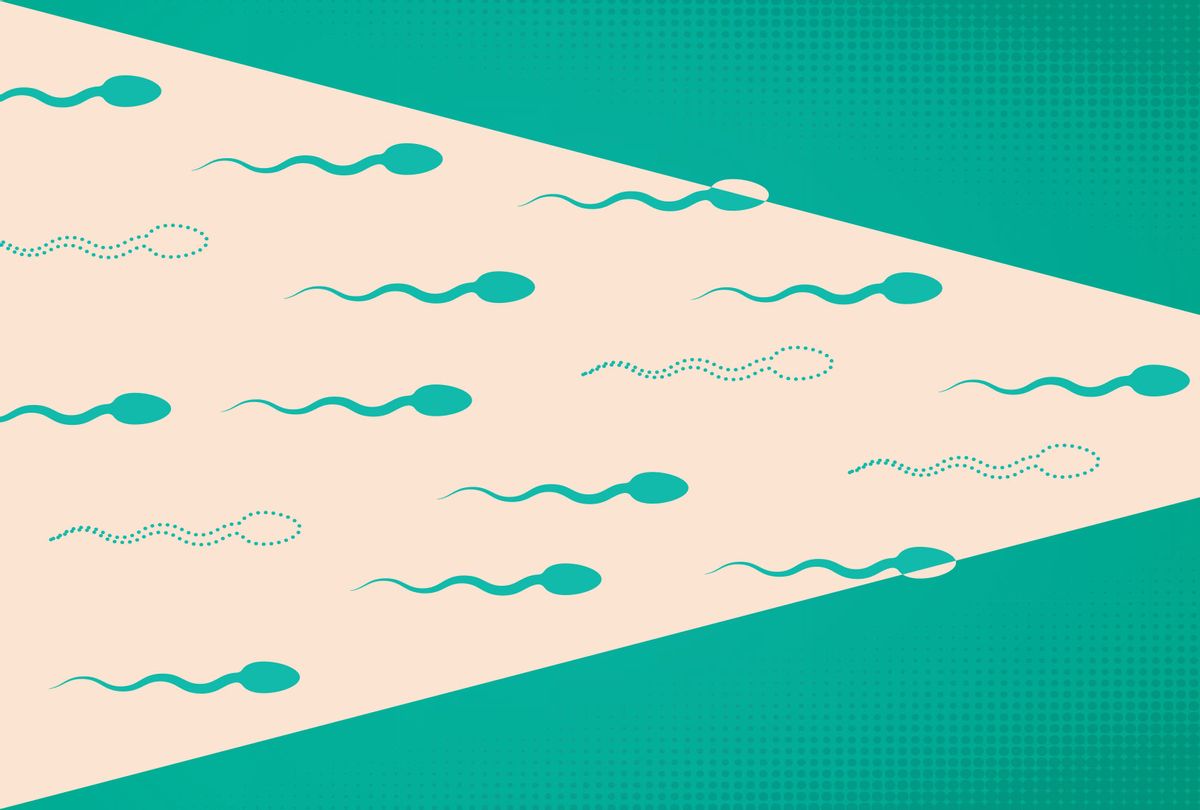About a third of the food produced around the world goes to waste, and much of it ends up in landfills—where it becomes a source of methane, a greenhouse gas 25 times more potent than carbon dioxide. Eliminating waste is the ultimate solution, but some will always remain. For that there is a solution that nearly anyone can do: composting.
Composting turns rotting garbage into a valuable soil enhancer that helps plants thrive. Farmers call it “black gold.”
And whether you compost in your backyard or at a community facility, experts say it will reduce your trash and in a small way help fight climate change.
“Don’t be afraid of it. It’s relatively easy. It’s not without its missteps but those are easily learned and corrected,” says Bob Rynk, lead author of The Composting Handbook and a professor emeritus at SUNY Cobleskill.
What happens in a compost pile?
Food turns into compost through the hard work of small microorganisms like bacteria, fungi, and protozoa.
“When you have a compost pile, you become a microbe farmer. You’re managing microbes,” says Rhonda Sherman, a composting expert at North Carolina State University. “And what do microbes need? They need the same things we do. Which is air, water, food, shelter.”
On a small scale, in your backyard or neighborhood, a compost pile should consist of three things: food scraps, water, and dry, woody material like yard trimmings or raked leaves.
Yard trimmings are frequently referred to as “browns” and are high in carbon. Food scraps are called “greens” and are high in nitrogen. A compost pile should typically have twice as many browns as it does greens.
Aside from preventing a pile from turning into a sloshy mess, browns are bulkier and create space for oxygen to move throughout the pile. That oxygen helps tiny microbes decompose food waste through a process called aerobic digestion.
In landfills, deep piles of trash prevent oxygen from reaching decomposing food, and it’s instead broken down by microbes that can survive without air. The anaerobic digestion practiced by those microbes produces methane.
In contrast, as aerobic microbes break down waste—”first, easier sugary compounds, and then proteins and fats, and then finally fiber,” says Rynk—they emit carbon dioxide, which is also a greenhouse gas, but less potent than methane.
The microbes also give off heat, and in a large, well-managed pile, that heat can reach over 130 degrees Fahrenheit, enough to kill pathogens.
The fresh compost left after several months is in a slower state of decomposition; it’s rich with microorganisms and nutrients such as nitrogen, phosphorus, and potassium.
How to make a successful pile
At home, you should stir or mix the pile periodically and keep it damp. Both those steps will speed up the decomposition process. The stirring allows oxygen to reach all the nooks and crannies, and the dampness assures survival of the microorganisms, which need moisture to live.
In fact, the most common reason backyard compost piles are unsuccessful is because they are too dry. But don’t drown the pile—adding more greens, which contain moisture, may be enough. If not, spraying water gently over the pile should do the trick.
Wring out a wet sponge and observe its only slightly damp texture: “That’s what your compost pile should look like and feel like,” Sherman says. “You can see that it’s moist, but it’s not dripping all over.”
Sherman says she urges people to maintain compost bins that are about three feet high so they can accumulate enough heat—but to keep them in the shade, where they won’t dry out.
“People think they have to put it in the sun so it will heat up. That’s a myth! The action of the microorganisms heats up the materials in the bin,” she says.
Not all food scraps are recommended for a backyard compost pile. The remains of fruits and vegetables are typically safe to toss in the pile, but uneaten meat or dairy are more likely to smell and attract pests. They also contain higher levels of fat, which take longer to break down. While it’s not uncommon to see rodents in a compost bin, turning the pile regularly prevents them from creating nests, and compost can effectively be made in enclosed bins.
The Environmental Protection Agency has a more detailed list of items that shouldn’t be tossed in a compost pile. It includes items like yard trimmings treated with pesticides that might kill microorganisms.
Some communities are now offering food scrap bins alongside those for trash and recycling. Food scraps collected at the city level typically go to a large industrial composter where items are often shredded or chopped at arrival and processed at high temperatures. Composting at this level might be done in large piles or in silos. Because they send food waste to industrial compost facilities, municipalities tend to accept a wider variety of scraps than what you can throw in your backyard, and regulations vary by city.
If you don’t have a backyard, access to a city-run food scrap service, or simply don’t want to mess with a compost pile, many urban gardens and farmers markets accept compost.
And if you’re concerned about odor from keeping compost on your countertop or in your kitchen before moving it to a larger compost pile, Sherman says putting food scraps in the freezer is a “game changer.” By freezing your scraps, you hit pause on the decomposition process and prevent odors from forming.
How do you compost with worms?
Composting with worms, or vermicomposting, produces an even more valuable soil enhancer. Worms digest scraps and excrete castings that are rich in plant nutrients. Researchers are also finding that the living microorganisms found especially in vermicompost can help protect crops from common diseases and reduce the need for herbicides and pesticides.
Yet even though earthworms are sometimes found naturally at the bottom of a compost pile, they should not be added to a large, hot backyard compost bin.
Earthworms don’t have lungs and instead breathe through their skin, which needs to remain moist to prevent them from drying out and dying. While a compost bin should be damp, it’s typically not moist enough for earthworms to survive.
Instead, says Sherman, worms should be contained in smaller bins less than two feet high. Because they thrive in smaller spaces, earthworms can easily be contained in an enclosed bin under a kitchen sink or on an apartment balcony, making vermicomposting a potential option for people without backyards. The Natural Resources Defense Council has a tutorial here showing how to build a worm bin at home.
What do you do with biodegradable/compostable food packaging?
Products labeled “compostable” or “biodegradable,” such as packaging material or utensils, are becoming more popular, but are meant to be processed at an industrial composting facility.
Ian Jacobson, the president of Eco-Products, a compostable product maker, says his company sold 200 products in 2010, but now offers more than 450. Compostable-labeled containers can be anything from paper and sugarcane-based bagasse to bioplastic, which is plastic made from plants like corn. Some, but not all are certified by the Biodegradable Products Institute (BPI), the largest certifier of compostables, which tests compostable products to ensure they can be processed at commercial facilities.
Takeout food containers are often made of compostable paper. But if “you just toss the container in your compost bin, it’s just going to sit there,” says Sherman. Shredding the container into small pieces, no bigger than two inches, will give microbes a better chance at breaking it down.
Even then, it may not break down easily. While a well-managed backyard compost pile can achieve high temperatures, the hotter temperatures at an industrial facility will break down material more effectively. Sherman also points out that compostable paper products like newspaper or paper towels can get “mushy” and compacted in a compost pile, preventing aeration.
Food packaging made from bioplastics are not compostable in a home bin because they often have strong polymer bonds that can only be broken down in an industrial facility. However, not all bioplastics can be processed by commercial composters because some bioplastics contain toxic chemical additives to waterproof them or give them strength.
(Learn more about bioplastics here.)
How does composting help the environment?
In 2018, the U.S. produced nearly 300 million tons of trash, about 4.9 pounds per person. After paper products, food was the second highest category of waste, comprising about 21 percent of what we throw away and increasing the size of landfills, the source of 34 percent of methane emissions.
When done at a large scale, composting can make a dent in emissions. San Francisco, which established mandatory city-wide composting in 2009, has been able to divert 80 percent of its waste from landfills every year, more than 2.5 million tons overall.
One estimate from the Natural Resources Defense Council finds that San Francisco’s composting laws reduced the equivalent of 90,000 metric tons of carbon dioxide every year, the same number of emissions as about 20,000 passenger vehicles.
In addition to reducing landfill emissions, compost makes soil healthier. When layered on top of soil in a garden or on a farm, the organic matter found in compost improves unhealthy soils. It also helps bind soil particles together and holds more water. Better soil helps support plant growth, which can help sequester carbon from the atmosphere. Stronger, nutrient-rich soil also reduces the need for fertilizer and pesticides, which are pollutants themselves and are often produced with destructive mining practices and a high carbon footprint.
In fact, the only downside to composting may be the “ick factor.” On that point, Sherman says not to worry.
“It’s not stinky, it’s not gross. And once a week I go to my backyard compost bin. It takes me three minutes to compost. I just really try to encourage people. I try to tell people it’s so easy to do.”


